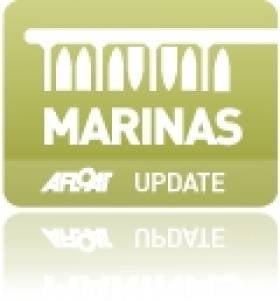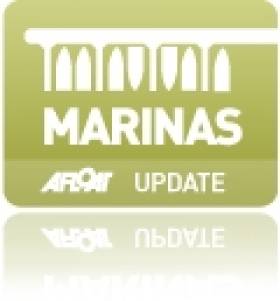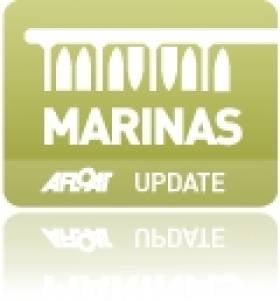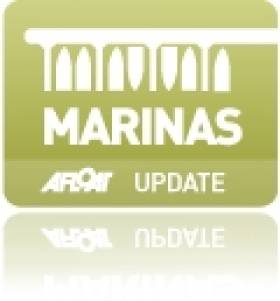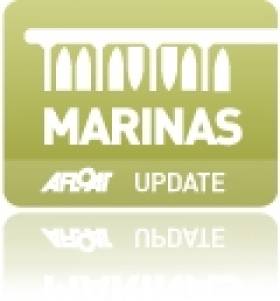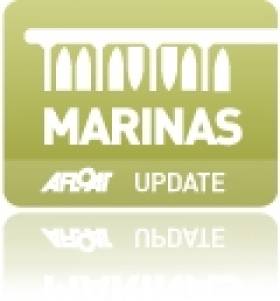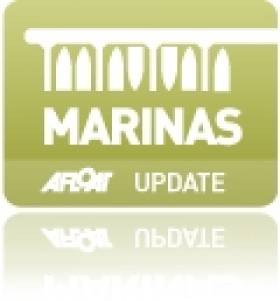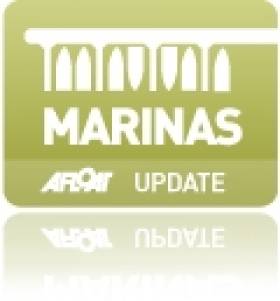Displaying items by tag: pontoon
Close to where the ferry pulls in to Strangford Village a new pontoon facilty enables visiting boats to berth.
Situated at the head of the Quoile River estuary on Castle Island. There is a short stay pontoon with water hose at Quoile Yacht Club. Visitors can anchor off the moored yachts between Castle and Gibbs Islands. No overnight berthing at the pontoon without permission.
Down Cruising Club is a small, friendly club of approximately 100 members, who are interested in all aspects of boating and cruising on Strangford Lough. The club is fortunate to be based at Ballydorn, on Strangford Lough, and to enjoy the unique facility of club headquarters in the form of the lightship "Petrel"
Visitors to Strangford Lough are advised to examine the up to date chart of the area and keep a close watch for the many perches, some of which are marked and some of which may not be marked. They are also advised to keep a close eye on tides when embarking and disembarking from the lightship pontoon.
On arrival DCC says a visiting skipper must report to the Bar Steward (VHF Ch 16 – Lightship Petrel) or a DCC Flag Officer/Council Member as soon as possible (contact details on Visitors' Information Notice on deck). Berthing instructions will be given according to the size and type of vessel if a berth is available.
Strangford Lough Yacht Club is situated in Whiterock Bay in Killinchy, between Comber and Killyleagh. It has a sturdy pontoon linked to the clubhouse that is popular with visiting and local craft alike.
A temporary floating pontoon for visiting boats is present during the summer season that makes it easier for boaters to enjoy this extensive harbour with good anchorage. The pontoon is suitable for up to seven or eight boats and is used by a mix of cruising boats, ribs and local fishing boats.
Glengarriff harbour has a small pontoon to assist with embarkation at the quayside
Although a town marina for Schull gets ever closer for the moment boaters make do with a quay and a 40-foot long pontoon in Schull Harbour, primarily used by small boats. It is a facility that makes embarkation and disembarkation easier.
A quay with a substantial floating pontoon below the Islanders Rest Hotel and a landing slip a short distance to the east provide access for boaters during the summer season. This makes it easy for boaters to embark and disembark on the island. The pontoon is suitable for up to seven or eight boats and used by a mix of cruising boats, ribs and local fishing boats.


























